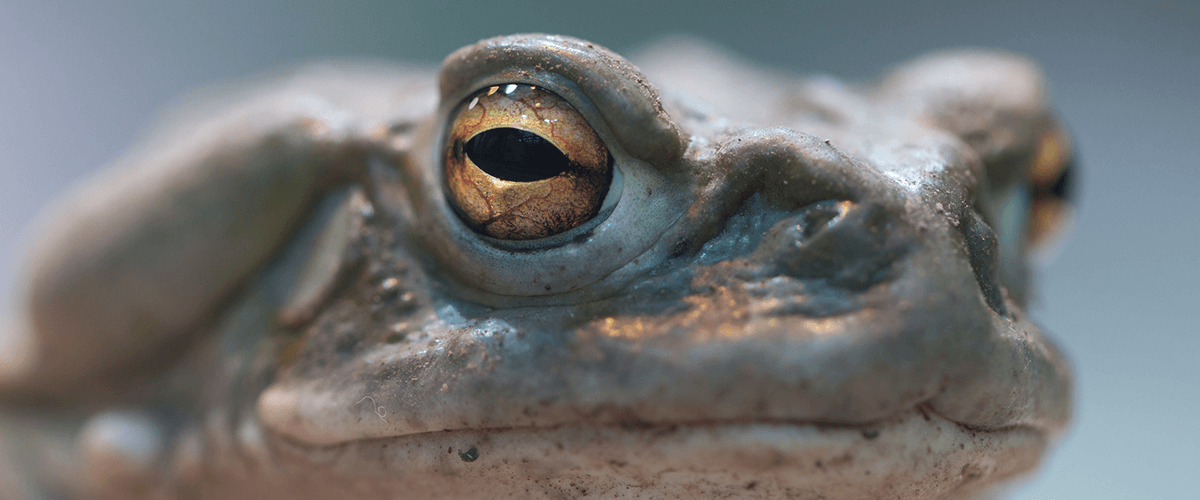
Psychedelics of all sorts are often considered dangerous by the general public – and indeed, they frequently come with uncomfortable to severe side effects. For this reason, many countries have banned some of the most well-known psychedelics. However, there are some substances found in nature that are legal in most places. The psychedelic chemicals in these substances are usually naturally occurring Mescaline, DMT, LSA, or psilocybin.
The plants are usually available for retail for uses other than producing a psychedelic trip and therefore remain on the market. Note, however, that the legality of some of these substances is a bit of a grey area. Also, while some are widely available for purchase, the reason they are not restricted is either because the method of using the substance to induce the high is prohibitively ridiculous or the resulting high is so uncomfortable or unhealthy that it just isn't worth it. The substances on this list either come with restrictions or normally have enough negative effects that the government does not feel it is worthwhile to ban them, so proceed with caution.
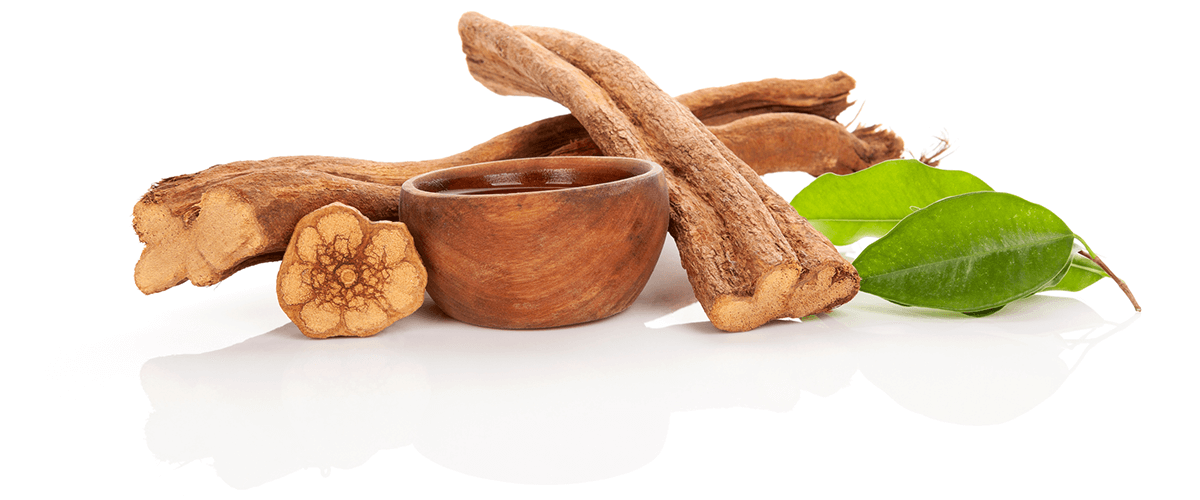
Ayahuasca is a drink made of the Banistriopsis caapi and Psychotria viridis, plants found in the Amazon and harvested by the South American peoples that invented the drink. The exact recipe for Ayahuasca varies in ingredient amounts and even in types of plants. However, the base of Ayahuasca is always Psychotria viridis, which contains DMT. However, simply ingesting the plant does not work on its own. In order to activate the DMT, the Psychotria viridis must be brewed with a plant that contains an MAO inhibitor like Banistriopsis caapi. This is because when Psychotria viridis is ingested by itself, visceral monoamine oxidase, or MAO, breaks down DMT before it can act on the body. By adding Banistriopsis caapi, an MAO inhibitor is introduced, which prevents the MAO from degrading the DMT.
The people who traditionally brewed Ayahuasca in South America believed that they received vital information from the plants when they were ingested, and used it as a medicine. People in America today still believe in Ayahuasca's medicinal properties, and several congregations have popped up that take Ayahuasca together as part of a ritual to gain enlightenment. People claim Ayahuasca highs have given them insight, inner peace, and wisdom. This is likely because the drug elevates an individual's serotonin reuptake transporters. This is also how some antidepressants work, which is why anyone taking antidepressants should not try Ayahuasca. High amounts of serotonin have been associated with schizophrenia, and people who use Ayahuasca have experienced psychotic breaks. Lots of people also report highly uncomfortable highs, even experiencing their own deaths. Also, anyone who takes the drug almost always experiences nausea and vomiting. Ayahuasca devotees call this purging and claim it is part of the healing process.
DMT, the active psychedelic ingredient in Ayahuasca, is illegal in most countries, and so is the extraction of DMT from a substance. However, Banistriopsis caapi and Psychotria viridis are not illegal and can be found relatively abundantly in Hawaii and South America. Therefore, it is entirely possible to obtain Ayahuasca in most places, but it is still technically illegal to use it as a drug. Also, though many people swear by its spiritually enhancing high, the high is usually uncomfortable and can do lasting harm. So, while most legal, Ayahuasca should still be used with extreme caution.
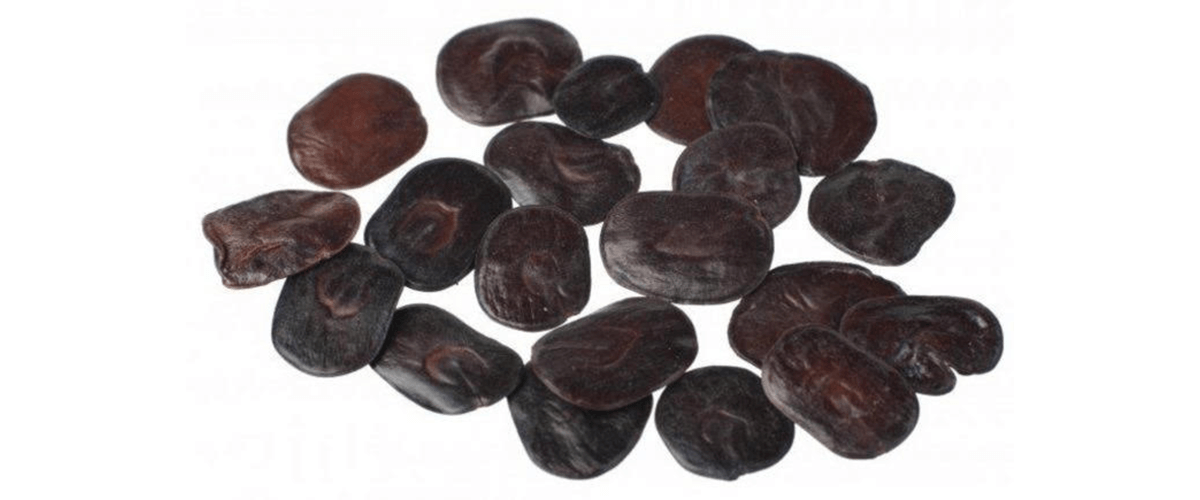
Yopo is a flowering tree that grows in South America and the Caribbean. It is also known as "Anadenanthera peregrina." The psychedelic chemical in Yopo is DMT, just like in Ayahuasca. The beans of the plant can be consumed as-is, but the resulting trip will be very mild. Traditionally, the beans are ground up and treated with lime or other plants to activate the DMT, and these days lime powder is normally used. Water is added to the powder, and it is kneaded into a dough. Then, it is dried over very low heat and re-ground into powder. It is then inhaled through the nose. This can be done similarly to other snuff powders; however, it will lead to intense burning in the nostrils. Some people use the drug in a group setting and avoid the pain by blowing the Yopo into each other's noses with a pipe.
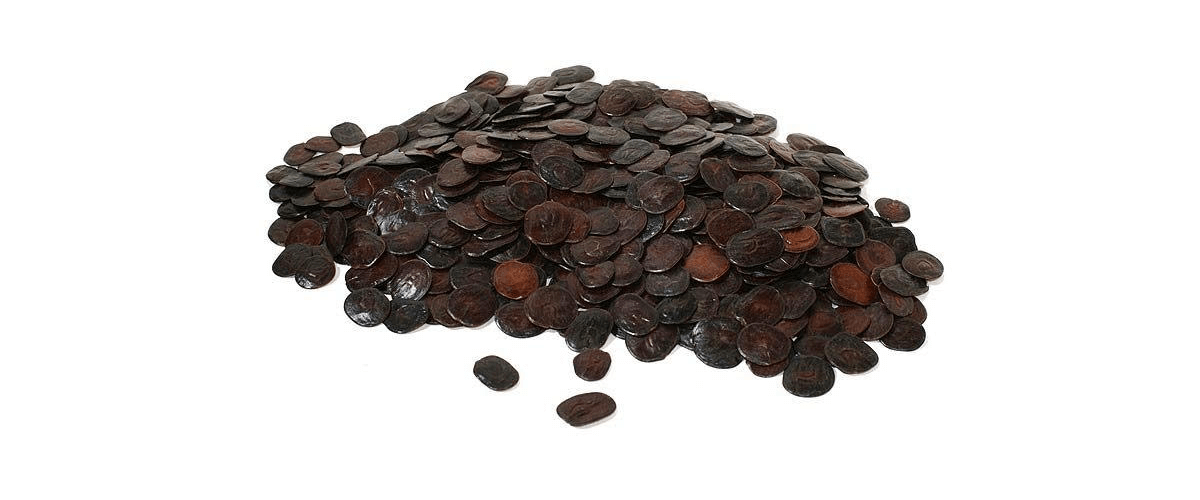
The resulting trip is usually characterized as uncomfortable but enlightening. Users will experience brightly colored visions and realistic hallucinations. People normally fall into a sort of stupor that lasts about 45 minutes. Similarly, to Ayahuasca, people often get beautiful visions, troubling insights, and experience discomfort during the high but emerge feeling more peaceful. The drug also causes nausea and vomiting at the start of the trip.
Like with Ayahuasca, possessing the Yopo plant is not illegal in most countries. However, DMT is a controlled substance, and extracting it from the tree is illegal. Keep this in mind before you decide to make Yopo bark into snuff.
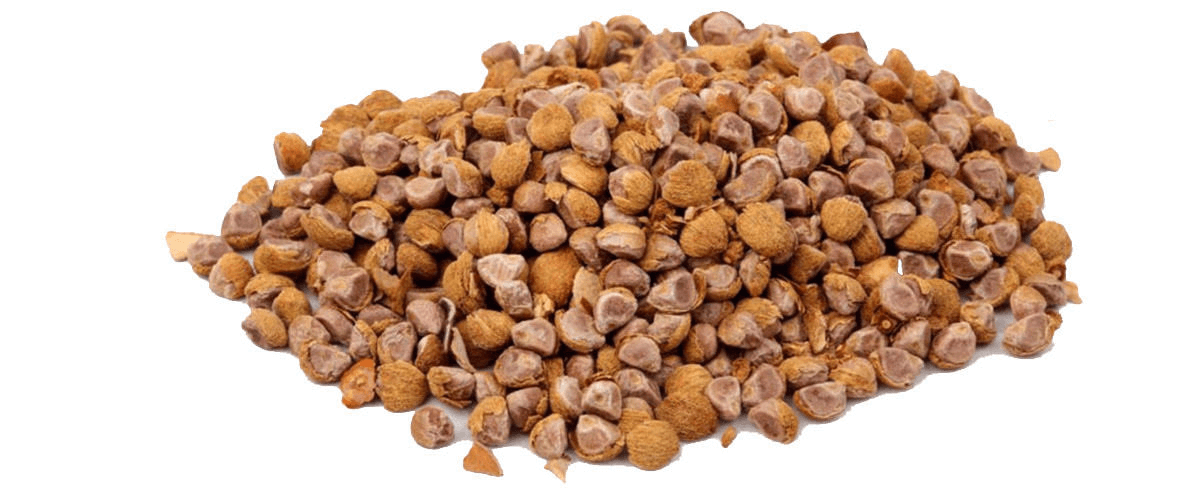
Hawaiian Baby Woodrose (Argyreia nervosa) is originally native to India, but humans have caused it to spread to Hawaii, the Caribbean, and parts of Africa. Its psychedelic ingredient is LSA. LSA is the naturally occurring precursor to LSD. While LSA and LSD are similar in chemical structure, LSA normally produces a milder, more focused high.
Hawaiian Baby Woodrose is consumed by either chewing three to four seeds or by brewing them into a tea. The subsequent high normally last for up to eight hours, but the peaceful afterglow could last for up to twelve more hours. While high, users normally experience colorful visuals, visual and auditory hallucinations, a distorted sense of time and space, euphoria, and fatigue. Nausea and vomiting are common side effects, which is why it is better to take Hawaiian Baby Woodrose on an empty stomach. Also, users have experienced psychological breaks after using too much of the drug.
Like DMT, LSA is a restricted substance, and its extraction is illegal in most places. However, Hawaiian Baby Woodrose is commercially available in most countries for its ornamental value, so it is easy to obtain. However, keep in mind that the chemical content of the seeds is not uniform, and it is impossible to tell how good seeds are without toxicological technology. Some seeds could have a higher toxicity than others and could cause complications.
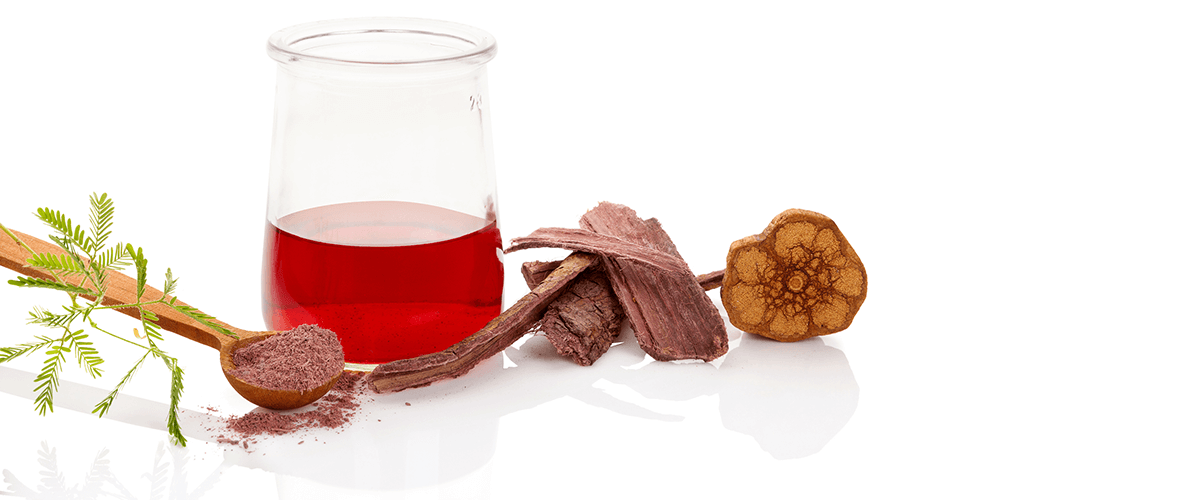
Mimosa hostilis, or Jurema, is a tree that grows South America, from Brazil to Mexico. Like Ayahuasca and Yopo, Jurema contains DMT, which is found in its leaves, bark, and roots. It also needs to be combined with a plant that has an MAO inhibitor to activate the DMT.
Mimosa hostilis is usually prepared as a drink similar to Ayahuasca. Traditionally, the root or bark is shaved, and the shavings are boiled in water for hours until the mixture is thick and dark-colored. The drink was used by peoples in Brazil to treat inflammation and a few other illnesses, and well as to promote spiritual exploration.
Jurema trips are similar to trips on other plants that contain DMT. Users often experience bright visuals, complex auditory and visual hallucinations, and spiritual revelations. Those who take Jurema while taking other substances or while emotionally unstable may experience uncomfortable and frightening trips, sometimes believing they are being pursued but being unable to move.
Like the plants mentioned earlier, Mimosa hostilis is not illegal in most countries, but extracting DMT from it still is. For this reason and because Jurema has the potential to cause a bad trip, the drug should be used with caution.
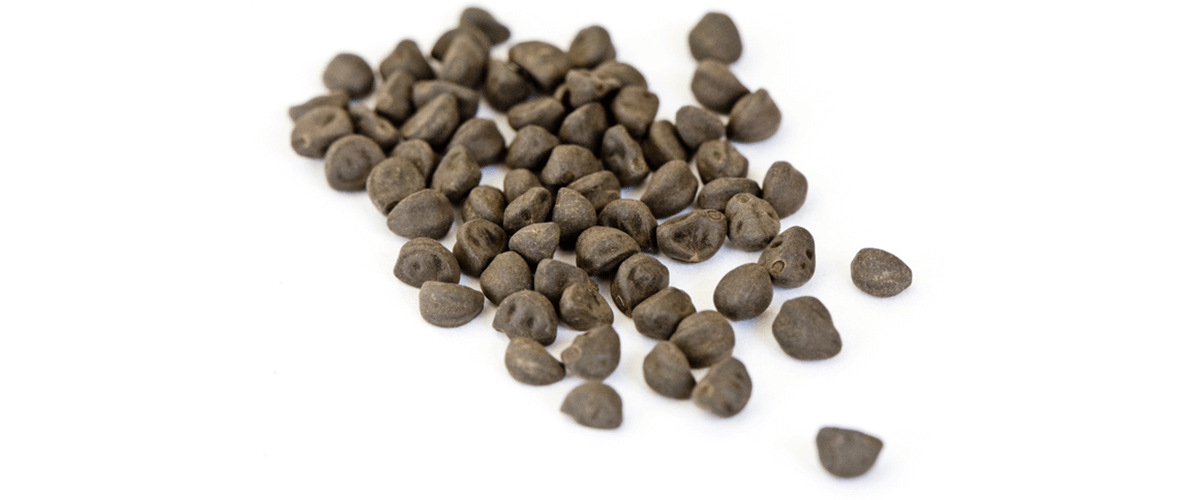
Morning Glory (Ipomoea violacea) is the name used for several related species of flowers grown all over the world. The psychoactive component in Morning Glory is LSA. It was used by ancient peoples like the Egyptians for physical and spiritual healing. Morning Glory is taken by ingesting the seeds. A good starting dose is 25, but most users take 100 to 400 to induce a satisfying trip. The trip can take effect in as little as an hour to start if the seeds are taken on an empty stomach but can take several hours until it reaches the full effect. Once the trip starts, it will usually last for six to ten hours.
Morning Glories are commonly grown for ornamental purposes and are therefore widely commercially available, but of course, LSA is still a restricted substance. Also, like with other LSA-based drugs, Morning Glory seeds should not be ingested while on an antidepressant because of the danger when combining LSA with the MAOI normally found in antidepressants.
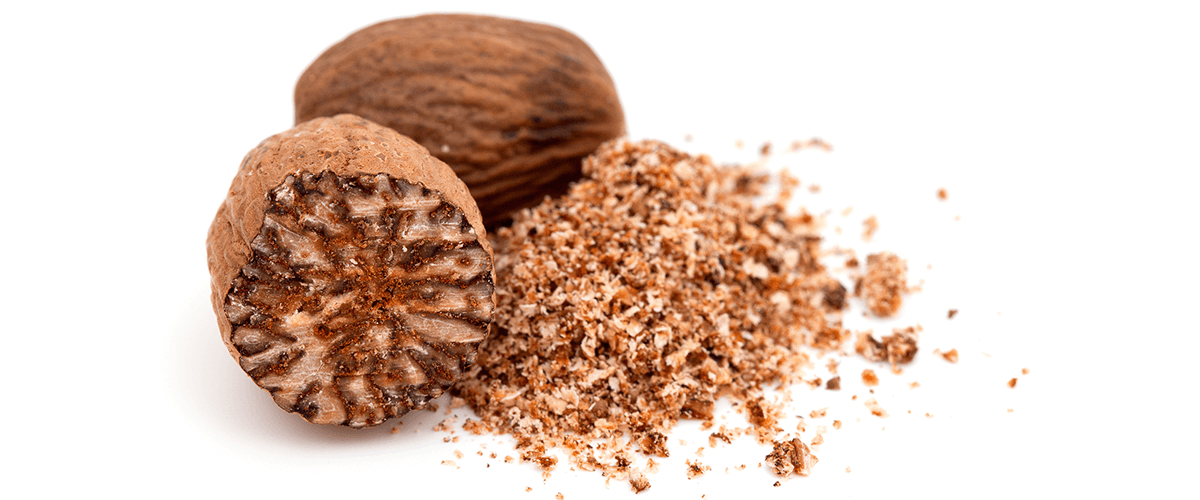
Nutmeg (Myristica fragrans), the spice found in most pantries, is actually capable of producing intense psychedelic highs. The psychedelic compound in Nutmeg is Myristicin, the precursor to MMDA. Speculation suggests there are probably other psychedelic compounds in the spice as well.
In small doses, Nutmeg has no effect. The psychedelic effect is only present after ingesting one to three teaspoons. After 30 minutes or so, users often experience nausea, vomiting, or
. After a few hours, users might experience heart and nerve problems. The psychedelic effects don't take hold for seven to eight hours, causing some people to take more before their initial dose kicks in, a behavior that could lead to an overdose. The user will then experience visual and auditory hallucinations that can last as long as 30 hours.
Nutmeg is widely available because, according to the FDA, the side effects of the spice are so bad that there is not much danger of it being rampantly abused. The spice can cause gastronomical distress and bad trips, not to mention the fact that trying to swallow three tablespoons of the potent powder is usually highly uncomfortable. Some users claim that when a teaspoon of Nutmeg is added to a tea with cloves and cinnamon, the negative side effects are reduced, but there is no hard evidence. Also, this is another drug that should not be taken while on antidepressants.
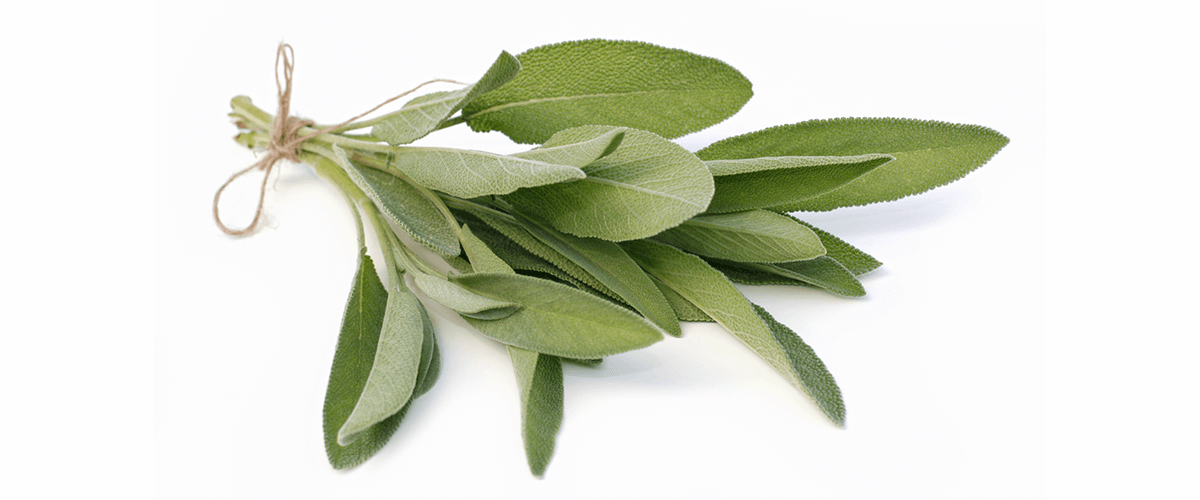
Salvia is a plant that originally grew in forests in Mexico. It is one of the strongest natural psychedelics. The psychoactive ingredient in Salvia is salvinorin and is found mostly in the plant's leaves. Salvia can be ingested as a tea or smoked. The high produced by Salvia is much shorter-lived than most of the drugs discussed previously.
The psychoactivity begins about a minute after ingestion and only lasts for about 30 minutes. During the high, users usually experience vivid hallucinations, synesthesia, mood swings, sweating, and dissociation.
Due in part to the potency, Salvia is illegal in some places, including most of the United States. It is legal in France, the U.K., Portugal, and the Netherlands.
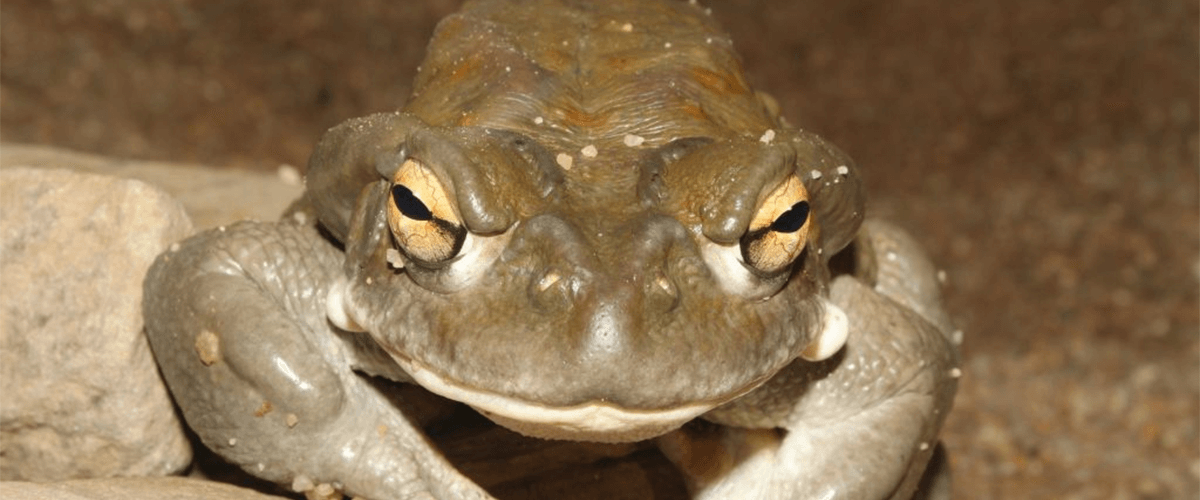
Though the drugs mentioned above are all plants with naturally occurring psychoactive properties, the Colorado River Toad (Incilius alvarius) belongs on this list because it does produce a psychedelic drug naturally and it is technically legal. The toad, also known as the Sonoran desert toad, lives in Arizona, California, New Mexico, and parts of Mexico. It has the ability to secrete poison as a defense mechanism to ward off predators, and this poison happens to contain bufotenine, which produces psychoactive effects.
The Colorado River Toad excretes poison from its glands, which can be milked for recreational use. Since the substance is a poison, it can not simply be eaten, so it is normally smoked. The resulting high begins in just a few seconds and incapacitates the user for twenty to thirty minutes while the high takes effect. People report feeling a strange awareness, a sensation of oneness with the world, and peace, but most have trouble putting the experience in words. Time and space appear distorted, and auditory and visual hallucinations are common. The drug appears to work similarly to psilocybin, and like shroom users, people with depression and anxiety often report improved symptoms after their trip.
Bufotenine is a controlled substance, and its extraction is illegal. However, possession of the toad has not been made illegal for several reasons. First, to milk the drug from it, the toad must be found and captured, which is often difficult. Then, the poison must be turned into a smokable substance for the user to avoid its toxic effects. Overall, instances of people using the toad to induce a high are so few and far between that the FDA does not believe it is worthwhile to try and prosecute toad hunters.
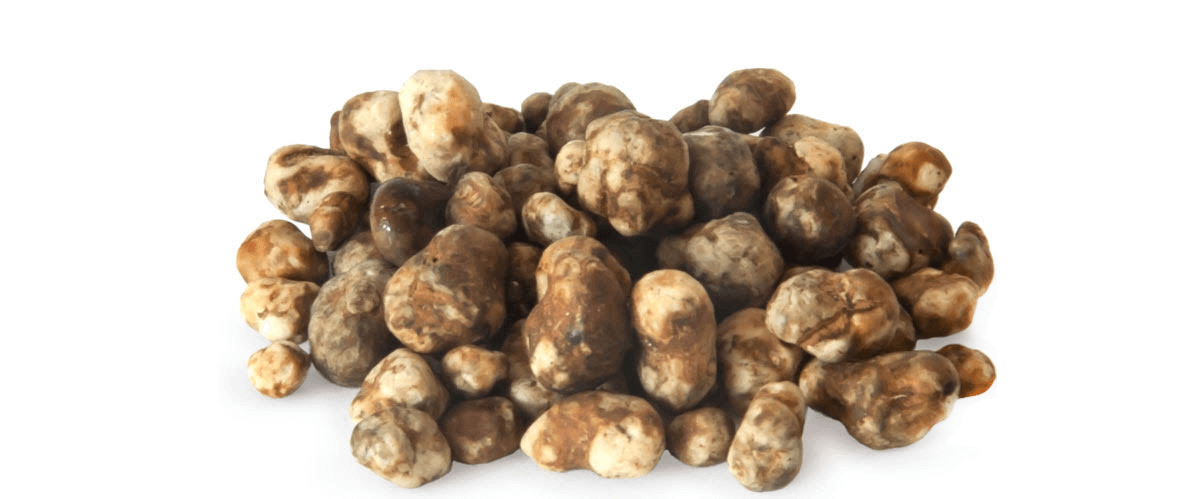
Magic truffles are similar to magic mushrooms, but they are a different part of the same fungus. Truffles grow underground, look different, and taste different than shrooms. They are also easier to dose accurately because of the uniform distribution of psilocybin. The active compound in truffles is psilocybin. The first magic truffle was harvested in Florida, but now few grow in the wild. Magic truffles are grown almost exclusively by retailers, botanists, and hobbyists.
Psilocybin trips last from four to six hours and include visions, unusual thoughts, and spiritual experiences. The trip is said to be similar to, but milder than, an LSD trip. Users report comfortable, interesting highs, and few bad trips overall. The FDA recently concluded that psilocybin might actually be a viable treatment for depression, especially when other treatments fail. However, research is still in its early stages.
Truffles (sclerotia) are not legal everywhere. They are actually illegal in most countries except for the Netherlands. However, some places have moved to decriminalize truffles, and legalization might not be far behind.
Ultimately, none of the substances listed above are completely safe and legal methods of getting high. Most of them are restricted substances, and the extraction of their psychoactive compounds is prohibited. For the more widely available drugs, the reason they are so easy to obtain is usually that the high or the side effects are so uncomfortable that few people use them, and they are not worth banning. Therefore, be careful trying any of the substances listed above. Do your research to ensure you are not breaking the laws where you live, and ensure you are in a healthy space physically and emotionally before trying any of these substances.
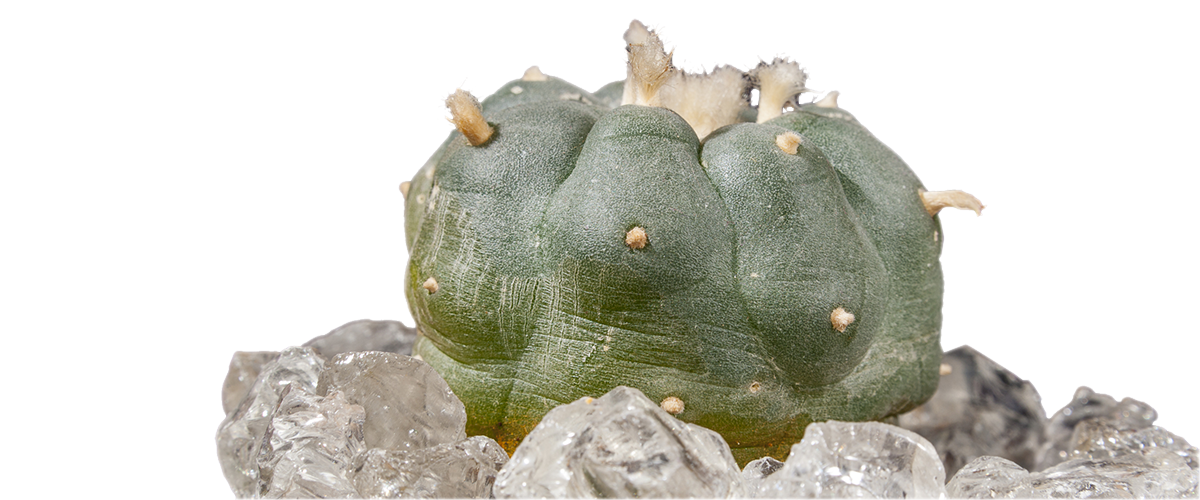
Peyote (Lophophora williamsii) is a small, squat, spineless cactus that contains mescaline, as well as smaller amounts of other psychoactive alkaloids. It is native to the northern parts of Mexico and the southwestern parts of Texas, but is used worldwide and can be grown in other environments with some effort. The plant has been used as a medicine and entheogen by various Native American tribes for thousands of years, and these practices continue to this day. Some tribes use peyote (in small doses) to treat toothaches, fevers, rheumatism, skin disease, colds, and more.
The part of the peyote cactus that psychonauts are interested in is the crown - the small, disc-shaped above-ground parts of the cactus, sometimes called “buttons.” These contain the mescaline, and if they are harvested properly, the roots will form a callus and grow a new top. If the button is harvested incorrectly, the entire plant will die.
Peyote buttons can be chewed or boiled in water to make a psychedelic tea. The plant is extremely bitter, and most people experience nausea shortly after drinking the tea. Some experience vomiting. The peyote trip can last 10 or 12 hours, and effects can include brightened perceived colors, euphoria, religious experiences, closed- and open-eye visuals, and more. As with all psychedelics, experiences can vary based on the individual, the dose, and the setting.
Peyote’s legality varies from country to country, and sometimes depends on the context in which the peyote is being used in. For example, in the US, Native Americans are allowed to use the drug in their ceremonies, and so are non-natives in attendance at those ceremonies. However, recreational use is often still prohibited in many states.
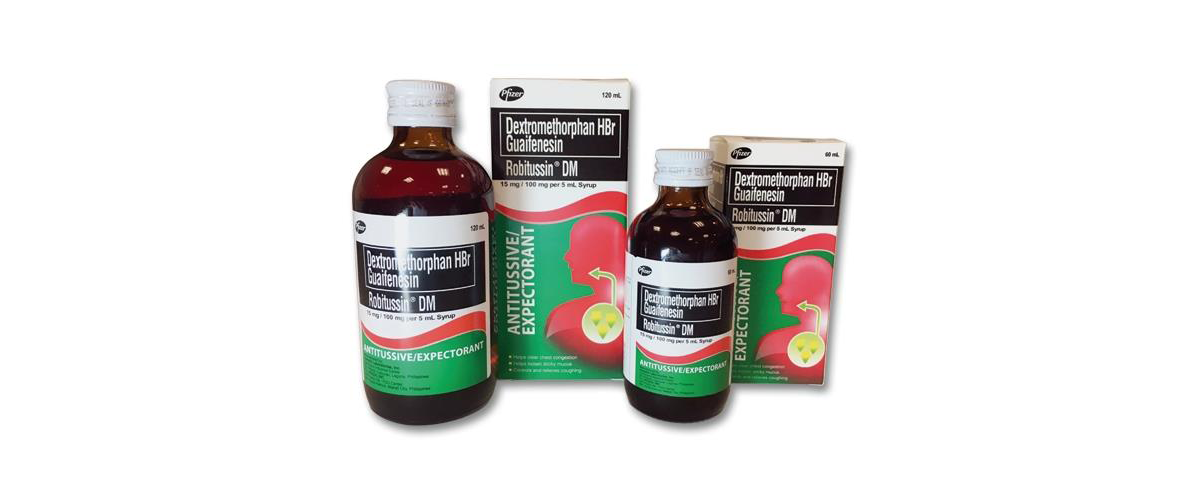
Many over-the-counter cough syrups contain dextromethorphan, also known as DXM. At medically recommended doses, the amount of DXM in cough syrup won’t cause any psychoactive effects. However, higher doses can cause users to dissociate and experience vivid hallucinations. At heavy doses, some users even report out-of-body experiences. Tripping on DXM is sometimes called “robo-tripping,” derived from Robitussin-brand cough medicine.
Cough medicine you can trip on sounds super convenient, but users have to be careful - many cough medicines also include acetaminophen. Acetaminophen overdose can cause acute or chronic liver failure, and the DXM-acetaminophen ratio is often such that users have to consume unsafe levels of acetaminophen to get the DXM effects that they want.
Cough syrup is a “legal” psychedelic because it isn’t regulated in cough syrup; however, that lack of regulation means you have to do your own research to keep yourself healthy if you decide to try it. Find out what ingredients your cough syrup has, be mindful of the acetaminophen dose, don’t mix drugs, and always be aware of the risks before you make decisions.
Note that DXM has different effects at different doses:
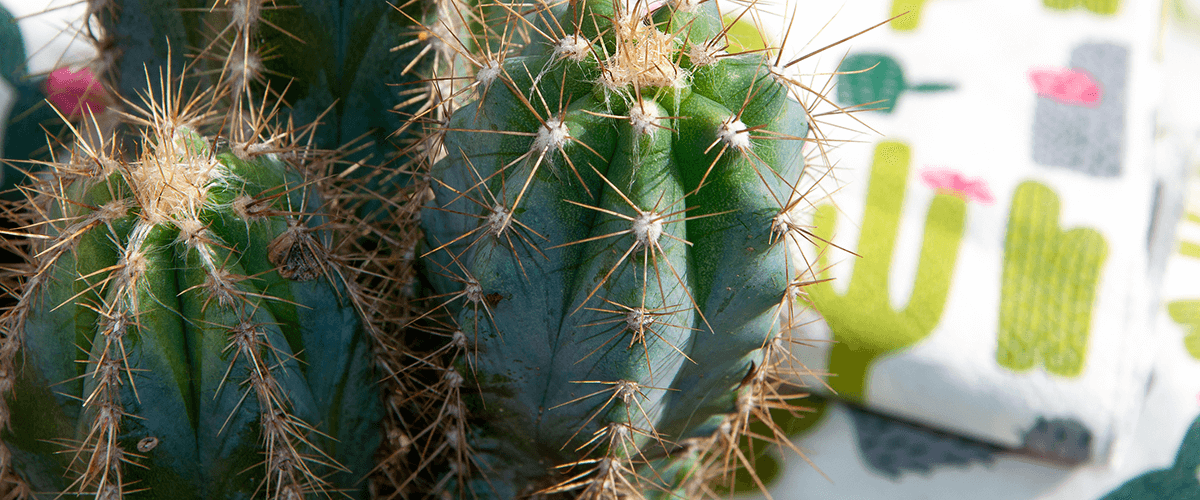
The Peruvian torch cactus (Echinopsis peruviana) is a blue-green cactus that can grow up to twenty feet tall. Like a few other cactus species, the Peruvian torch cactus is a source of mescaline. However, it’s lucky that this cactus is so massive, because it’s also one of the less potent mescaline cacti, with only 0.24% of the plant’s weight being made up by mescaline.
The simplest way to use this cactus is to remove the thorns and the tough skin, and then eat the fleshy layer of the cactus between the skin and the wooden core. It tastes very bitter, so some users choose to make tea instead. This is done by cutting the cactus meat into small pieces and boiling them for two or three hours. A common side effect of the Peruvian Torch cactus is nausea, which sometimes leads to vomiting.
The mescaline trip from this cactus usually kicks in after around an hour (45-90 minutes), peaks at approximately four hours, and can last up to eight. The trip can radically alter the user’s perception, with many individuals reporting intense closed-eye visuals such as patterns, mosaics, and spirals that may morph into more concrete objects such as buildings or people. The world may feel like a waking dream, and users may perceive their bodies changing shape and size, or altered properties - for example, stones may feel soft, or a user’s hands may feel as if they can pass through each other. In many cases, users feel euphoric and may even laugh uncontrollably; however, some users experience feelings of intense anxiety and revulsion.
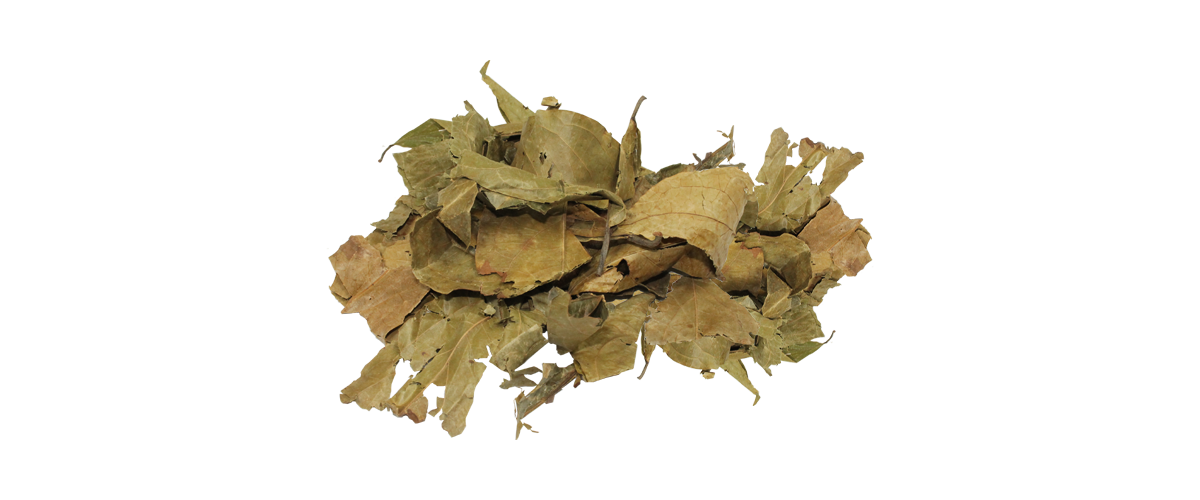
Officially known as Diplopterys cabrerana, chaliponga is a vine that grows in the Amazon Basin, stretching through Brazil, Colombia, Ecuador, and Peru. It is a source of DMT that has long been used to make ayahuasca, but it is useless on its own. As with all ayahuasca recipes, a monoamine oxidase inhibitor (MAOI) is needed. These are substances that will prevent a user’s body from digesting DMT before they can absorb it and experience the effects.
If you have chaliponga and a MAOI, ayahuasca is easy to make: Just crush up the vines and your MAOI component, put them in a pot, and boil them for four hours. Drain the pot into a jar, repeat the process, and add all the water back into another pot. Put it on low heat until it has cooked down to a drinkable amount - don’t overdo it though, or you’ll end up with overcooked goop full of inactive DMT. And, remember that while chaliponga is legal, ayahuasca isn’t in many places.
It’s important to note that MAOIs affect the way your body processes certain chemicals, and that includes more than just DMT. MAOIs interact with tryptamines and can cause dangerous increases in blood pressure. So, for a day before taking MAOIs and three weeks after, avoid eating anything on this list. Some of these interactions can be fatal, so make sure you educate yourself first!
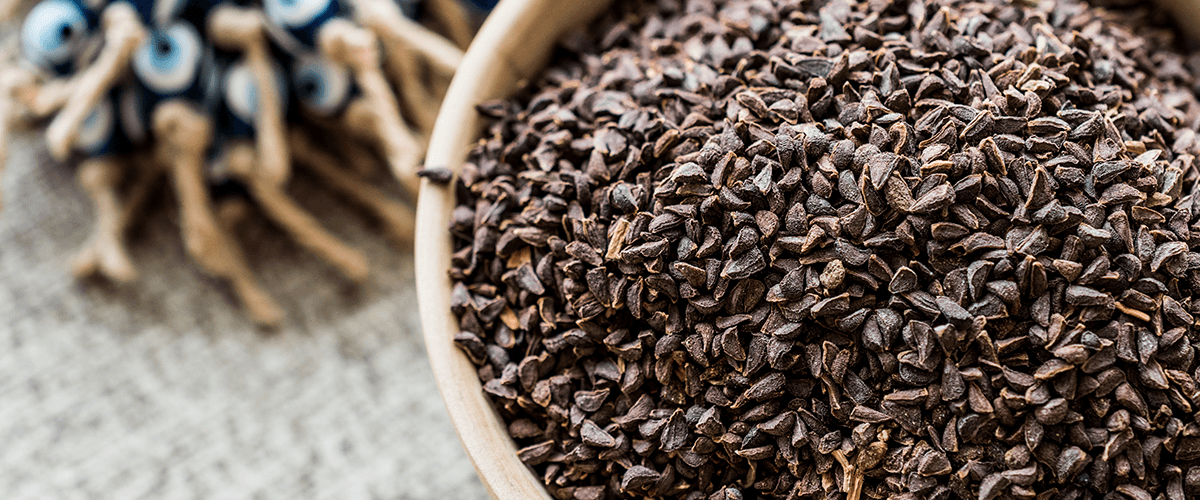
Syrian rue (Peganum harmala) resembles the grain rue, which is where it gets its name, but the similarities stop there. Syrian rue grows in saline soils in Mediterranean and temperate desert regions, though it has spread to South Africa, Mexico, France, and many states of the USA. Since Syrian rue does contain MAOI compounds, the plant can be used as a potentiator along with a DMT-containing plant to create ayahuasca.
Unlike many of the other commonly used MAOIs, Syrian rue also contains several hallucinogenic alkaloids. If taken in the right dosage, Syrian rue on its own can send users on some potent trips that can last 5 to 8 hours. The seeds can be chewed, but due to their extremely bitter taste, many users prefer to make cold-water infusions or grind the seeds up. Syrian rue also acts as a potentiator for other drugs - for example, it may increase the length of a magic mushroom trip to nearly double. Interestingly, in several US states Syrian rue is considered an invasive species, and may not be sold for that reason - not because the government hopes to prevent recreational use.
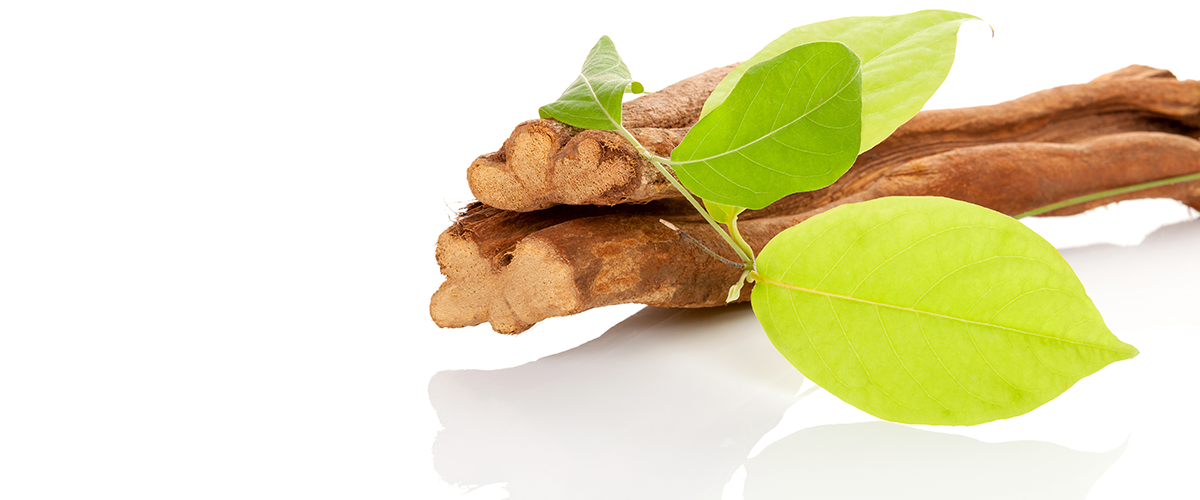
Formally known as Banisteriopsis Caapi and sometimes incorrectly called ayahuasca, caapi is a vine that grows in the Amazon rainforest. It is one of the most common ingredients in ayahuasca brews, but it is not the DMT-containing component. Instead, it contains the MAOIs that allow the user’s body to process the DMT. While these compounds are not known to be powerful hallucinogens, some users report that they can cause intense trips if the dosage is high enough.
The trips that can result from taking Caapi on its own are not extensively documented. However, anecdotal evidence states that the side effects users may want to prepare themselves for can include visual distortions, hallucinations of people or beings that seem real, and sensations of the world moving around the user, and out-of-body experiences. Like many of the other plants that ayahuasca can be derived from, caapi is legal in most places.
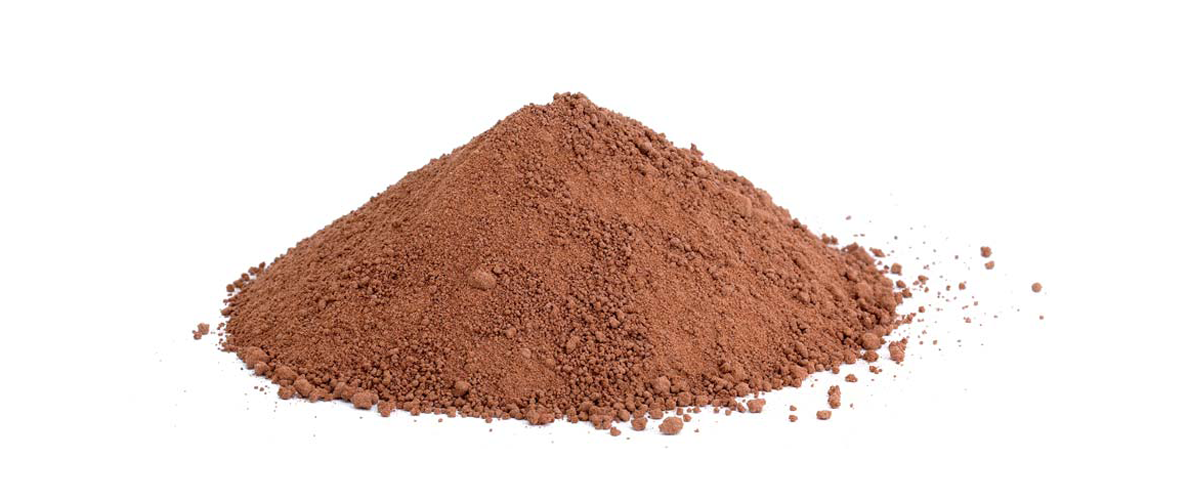
Ibogaine is a naturally occurring psychedelic compound that is produced by plants in the Apocynaceae family, such as the Tabernathe iboga, Voacanga africana, and Tabernaemontana undulata. Pygmy tribes in Central Africa were the first to discover the psychoactive properties of the iboga tree’s root bark, and they passed it on to other tribes. Eventually, French explorers learned of it and brought iboga back to Europe at the beginning of the 1900s.
In traditional African medicine and rituals, people would chew on the root bark to induce hallucinations. Today, ibogaine is still being used as a medicine - it shows promise as a tool for helping addicts recover from their addictions, and is being used in clinics thoughout Mexico, Canada, the Netherlands, South Africa, Costa Rica, and New Zealand.
An ibogaine trip has two stages: the visionary phase and the introspection phase. The first is a dreamlike, psychedelic experience that lasts 4 to 6 hours. The introspection phase follows, and can allow people to overcome fears and negative emotions. Some users say that ibogaine feels like dreaming while awake.
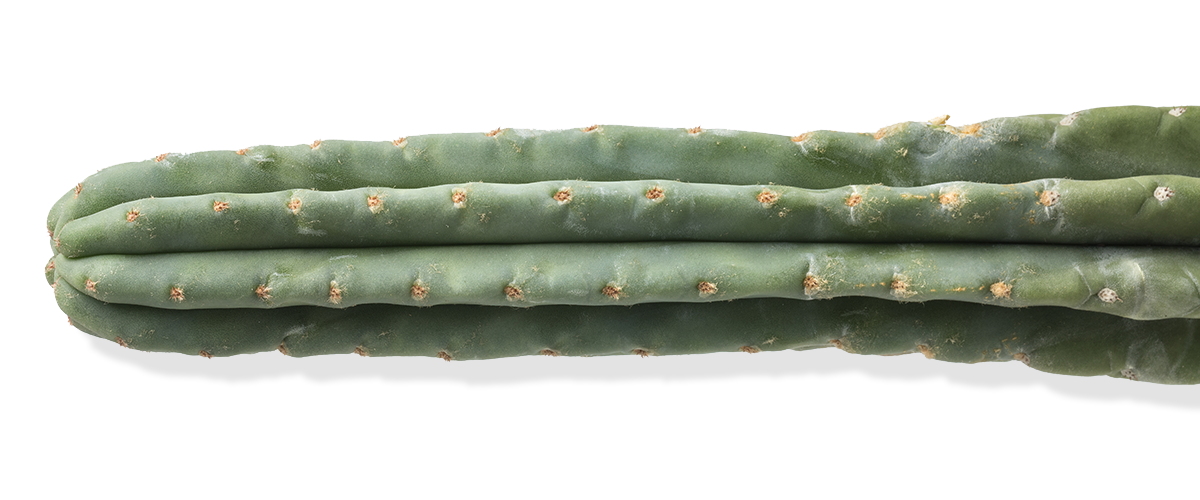
The San Pedro cactus (Echinopsis pachanoi) grows in the Andes mountains throughout Argentina, Bolivia, Chile, Ecuador, and Peru, and can grow to an incredible size - the record-holding specimen was 40 feet tall! The cactus has been used for religious and healing purposes by locals for thousands of years. After the Spanish conquest, the Roman Catholic Church attempted to suppress the use of the San Pedro cactus, but clearly failed. In fact, their religion may have been the inspiration for the cactus’s name: they say that just like Saint Peter stands at the gates of heaven to allow the worthy in, the cactus can allow users to reach heaven without leaving earth.
The San Pedro cactus produces a large amount of mescaline (up to 4.7% of the plant’s dry body weight) as well as a number of other alkaloids. In many areas, it is legal to grow San Pedro cacti, but not legal to prepare the mescaline inside for consumption.
Like most psychedelic cacti, the San Pedro cactus is extremely bitter. It begins to take effect within 15-40 minutes, but may not reach the peak for up to three hours. The comedown also usually lasts around three hours, leaving an afterglow that can make it difficult to sleep for a while afterwards. Users say that the trip is an unusually lucid one in which users can feel in control and relaxed even in the midst of an intense trip.
The trip often begins with drowsiness or dizziness and a sensation of tingling in the user’s veins. Nausea and vomiting are common potential side effects early in the trip. The trip itself may include colorful visions, synesthesia, distorted spacial awareness, and out-of-body experiences.
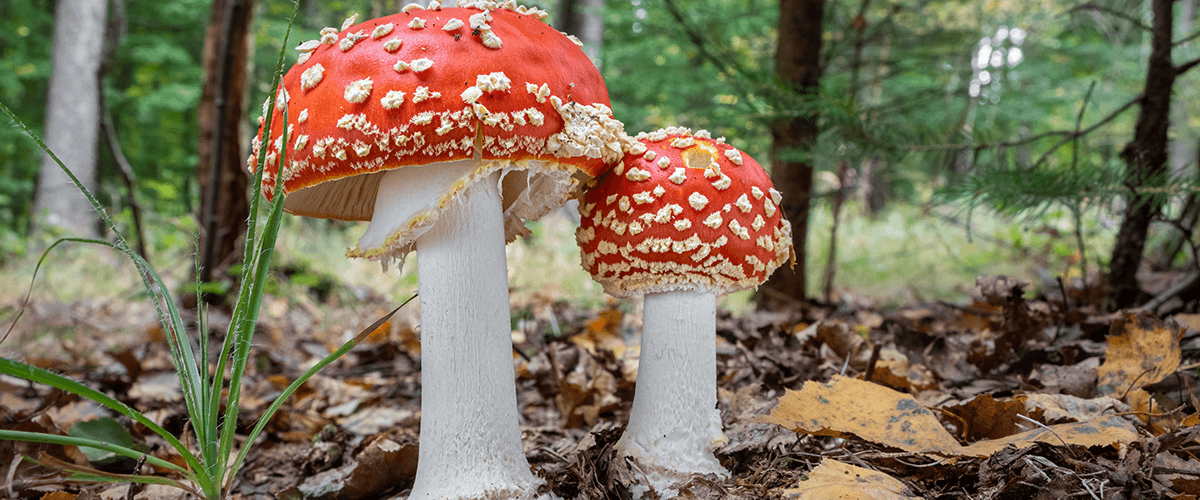
Amanita muscaria (or fly agaric) is perhaps the most iconic of all mushrooms and toadstools: this red-capped, white-spotted mushroom is often spotted in pop culture, from Super Mario Bros to Alice in Wonderland and beyond. These mushrooms’ psychoactive ingredient is a compound called muscimol, a compound that can induce euphoria, dreamlike states, out-of-body experiences, hallucinations, and synesthesia. Large doses may result in delirium or dissociation. Mushrooms of this type have historically been used as entheogens by the indigenous peoples of Siberia.
Fly agaric is classified as poisonous, but deaths from ingesting the mushroom are extremely rare. By parboiling the mushrooms twice, it is possible to significantly lessen the toxicity and break down the muscimol so it is no longer psychoactive. Recreational users, however, want the muscimol to stay psychoactive, which means they also have to put up with the side effects of ingesting mild poison.
Fortunately, the dose required for a trip is small - just one small mushroom cap should do it for a beginner. 1-3 caps, or 5-10 grams, will cause a medium-strength trip, and 3-6 medium-sized caps will lead to an intense trip. Users typically dry the mushrooms. This allows more of the ibotenic acid present in the shrooms to convert into muscimol, which increases the potency. The mushrooms can be eaten or made into a tea. Side effects include nausea, sweating, a loss of coordination, drowsiness, and salivation. As for the trip, users report feelings of tranquility and euphoria as well as alterations to their senses and perception. Effects generally begin at 30-90 minutes and last between four and ten hours.
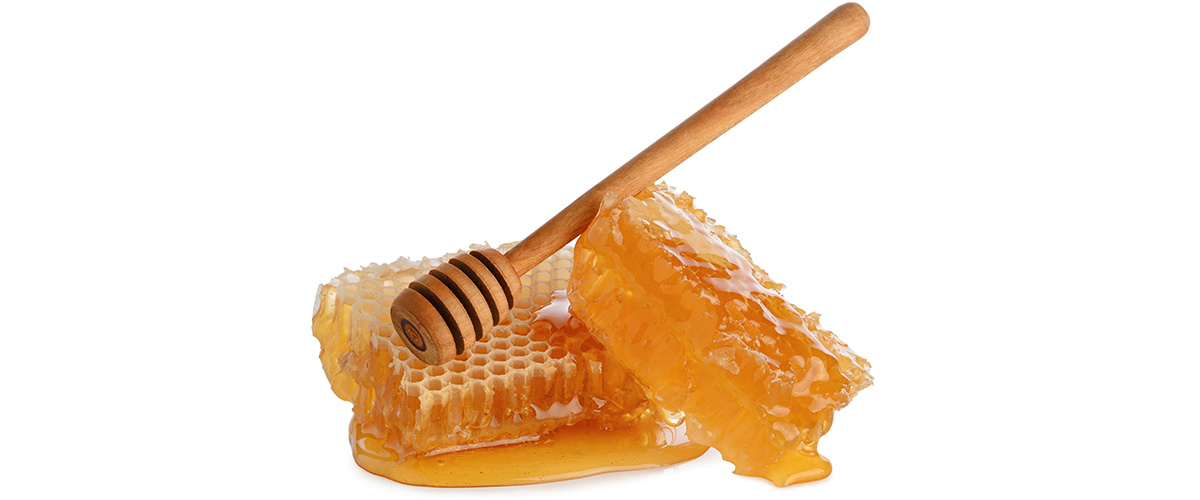
In Turkey, Himalayan cliff bees produce psychoactive honey, known as “mad honey” in the area. It is a dark, red-brown honey that can induce hallucinations. Locals use it as a folk medicine in small amounts to treat hypertension, diabetes, cold sore, and more. Visitors have been known to take too much and poison themselves seeking a psychedelic experience. For this reason, shops that sell mad honey rarely advertise it.
Himalayan cliff bees are the largest in the world, and they build their hives high up on cliff faces. Put those two facts together, and this honey is extremely hard to get. However, the locals say it’s worth it. The bees themselves do not produce the psychoactive compounds that we find in their honey; instead, those compounds come from the rhododendron flowers that the bees eat from. Two or three of the 700+ rhododendron species produce grayanotoxin, the neurotoxic compound that ends up in the honey and gets humans stoned.
The mad honey “trip” is more of a body high than a head high, and there shouldn’t be significant visuals. In fact, grayanotoxin is technically a deliriant rather than a true psychedelic. Users feel extremely relaxed, euphoric, and feel a pleasant warmth throughout the body. If users take too much, they can experience blurry vision, confusion, disorientation, vomiting, and diarrhea - on top of the discomfort of just being way too high. Locals recommend that you never eat more than a teaspoon at once.
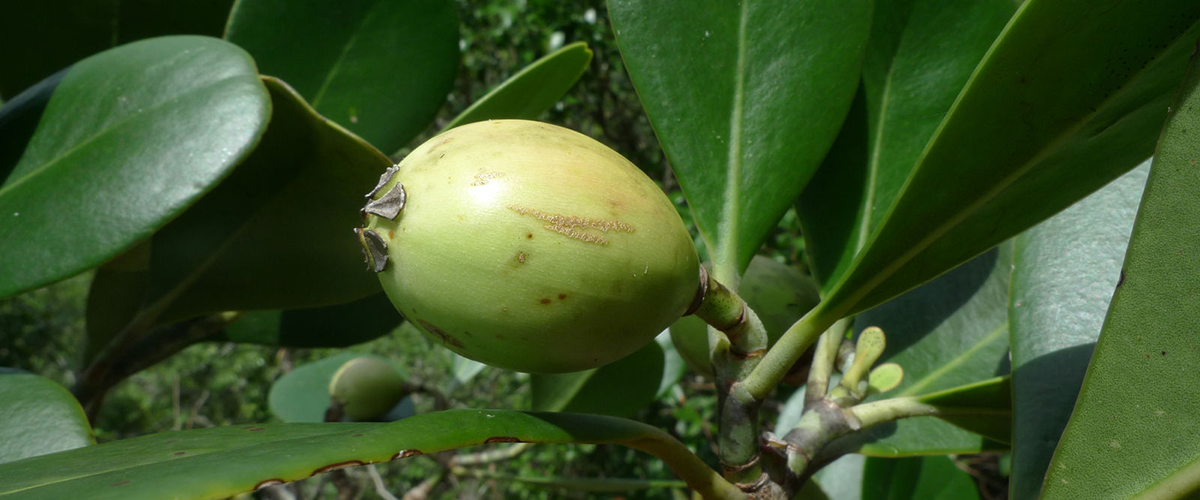
Virola elongata is a tree that grows natively through much of South America. The Yanomami people have long known how to use Virola as an entheogen by turning the resin into a powder and “snuffing” it into their noses.They call this powdered resin “nyakwána.” Virola’s psychoactive ingredient is DMT.
Unfortunately, there isn’t much anecdotal evidence readily available to let us know what to expect when we consume Virola elongata. Several reports on erowid state that the user experienced little to no psychedelic effect when snuffing different plants in the Virola family, but did experience horrible, burning pain in their sinuses.
Another report states that after smoking two bowls of Virola, the user had intense out-of-body experiences and multiple hallucinations of meeting various aliens and otherworldly beings, as well as intense alterations to his senses. You can read it on your own for more detail, but be warned - it is slightly NSFW (and, since these are self-reported, there’s no way to know how true it is). A fourth report states that the user experienced feelings of distance from his body, mild visuals, a “stoned” feeling, and the sensation that familiar things looked unfamiliar and exciting.
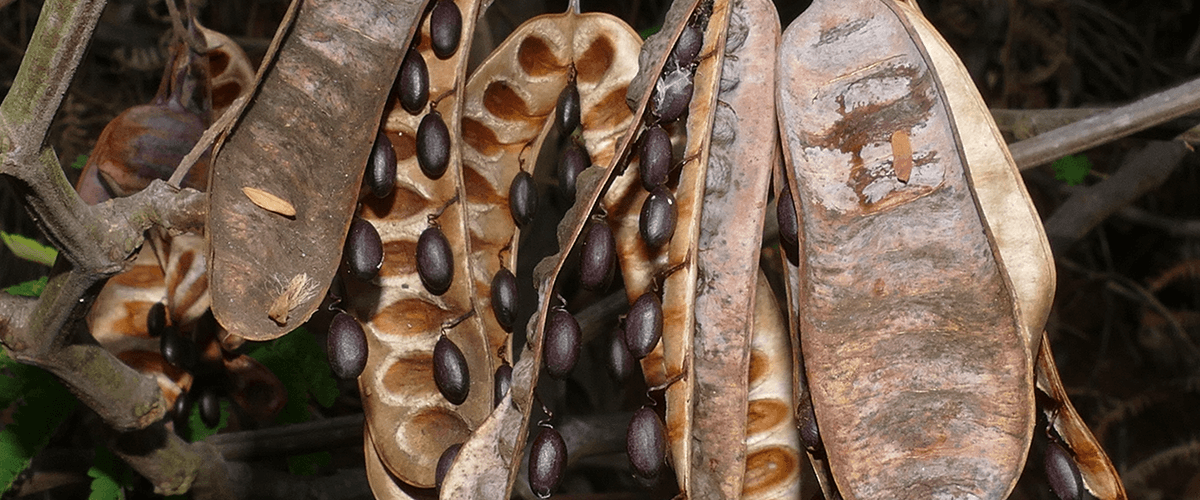
Anadenanthera colubrina, also known as vilca, is a tree that grows in South America and is closely related to yopo. The native peoples in areas where the tree grows use the tree’s bean pods to make a hallucinogenic snuff that they call vilca or cebil. First, the bean pods are roasted until the husks can be removed. Then, the beans are ground with a mortar and pestle and mixed with the natural forms of either calcium hydroxide or calcium oxide.
While vilca does contain some DMT, it doesn’t contain very much of it. The primary psychoactive compound is bufotenin, a psychoactive alkaloid also found in Colorado river toads. The vilca tree can contain up to 12.4% bufotenin. The snuff that can be made from Virola elongata is equally effective when taken sublingually instead of intranasally. One study stated that bufotenin’s effects were similar to LSD and mescaline, but appear and disappear more quickly.
Most of us have heard plenty about the “classic” psychedelics, LSD and psilocybin (and DMT, mescaline, and ayahuasca, depending on how you count). However, these are far from the only substances that can induce a hallucinogenic trip. Nature is full of psychedelics, and psychoactive plants can be found all over the world, on every continent. And, many of them are legal - at least in some form, or for certain uses.
While all of the psychedelics mentioned in this article are legal somewhere, the laws obviously change from place to place. Laws regarding how much of these substances you can possess, how much you can have, where you can have it, and what you can use it for all vary. If you’re planning on experimenting, make sure to research your local laws in addition to the drug itself. Make sure to follow the law and stay safe. Happy tripping!